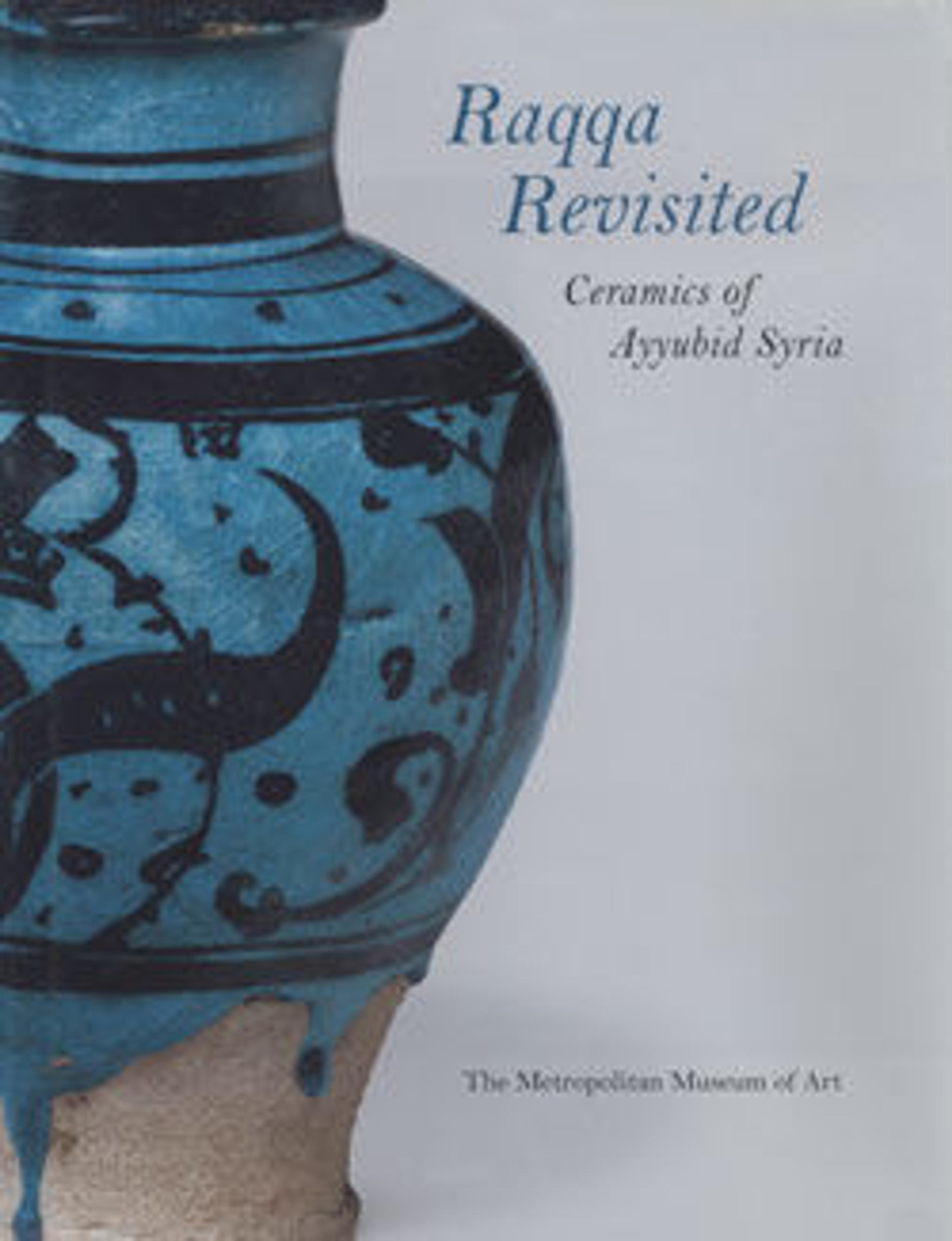Luster Bowl
Artwork Details
- Title: Luster Bowl
- Date: late 12th–first half 13th century
- Geography: Made in Syria, Raqqa
- Medium: Stonepaste; underglaze painted in blue and turquoise, luster-painted on transparent glaze
- Dimensions: H. 4 1/8 in. (10.5 cm)
Diam. 13 5/8 in. (34.6 cm) - Classification: Ceramics
- Credit Line: H.O. Havemeyer Collection, Gift of Horace Havemeyer, 1948
- Object Number: 48.113.5
- Curatorial Department: Islamic Art
Audio
6715. Overview: Heraldic Lusterware Bowls, Part 1
MITCH CODDING: This is a fantastic piece of Hispano-Moresque lusterware. …That was produced in Manises, which is in Valencia, Spain. And it represents some of the earliest production of lusterware at Manises. The Muslims introduced lusterware into Spain. In roughly the 1320's, the production of lusterware was introduced into Manises. Factories were set up there. And very quickly, it became one of the most important products of Christian and Muslim Spain. The potters were all Muslim potters… at least up to the 16th century. And the earliest production incorporates purely Islamic designs. …This type is the next phase that is largely Islamic design but incorporates other Christian elements. You notice there's a coat of arms in the center. And many of these pieces were commissioned by nobles throughout Europe, but particularly in Italy. At least half of them or more bear the coats of arms of noble Italian families.
NARRATOR: Lusterware is specifically associated with Islamic ceramicists. If you haven’t already heard about its beginnings, and a bit about how it’s made, press PLAY.
Listen to more about this artwork
More Artwork
Research Resources
The Met provides unparalleled resources for research and welcomes an international community of students and scholars. The Met's Open Access API is where creators and researchers can connect to the The Met collection. Open Access data and public domain images are available for unrestricted commercial and noncommercial use without permission or fee.
To request images under copyright and other restrictions, please use this Image Request form.
Feedback
We continue to research and examine historical and cultural context for objects in The Met collection. If you have comments or questions about this object record, please contact us using the form below. The Museum looks forward to receiving your comments.
